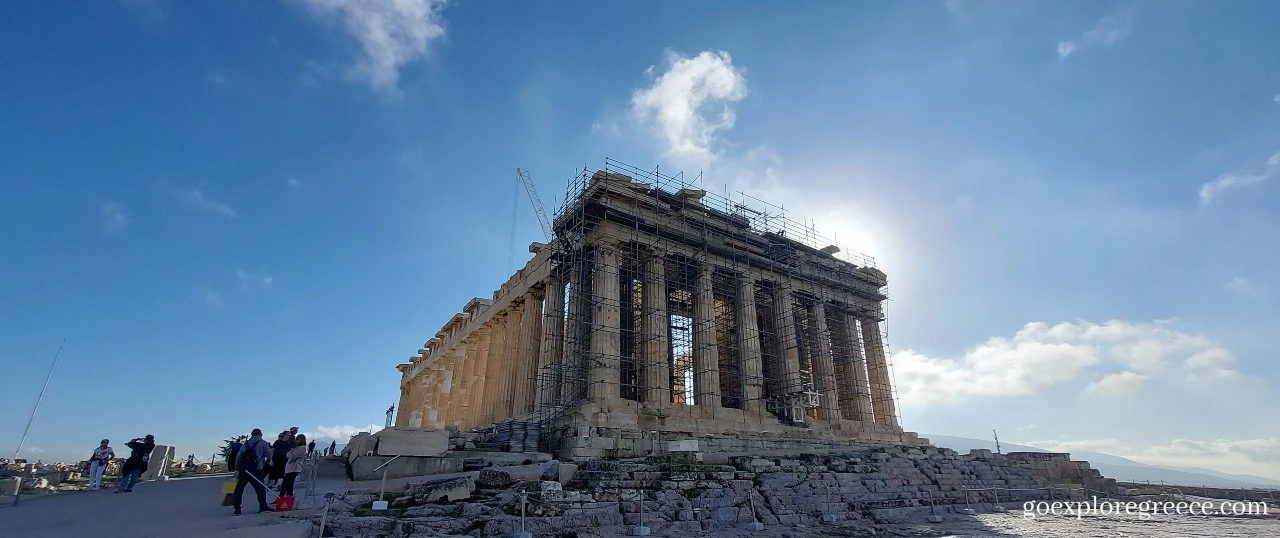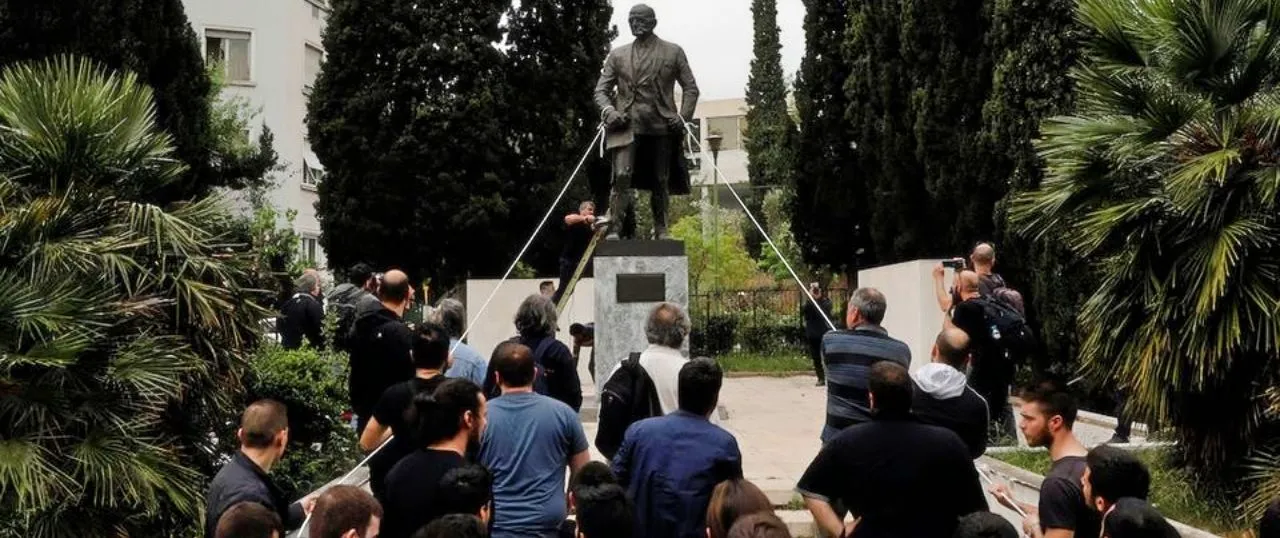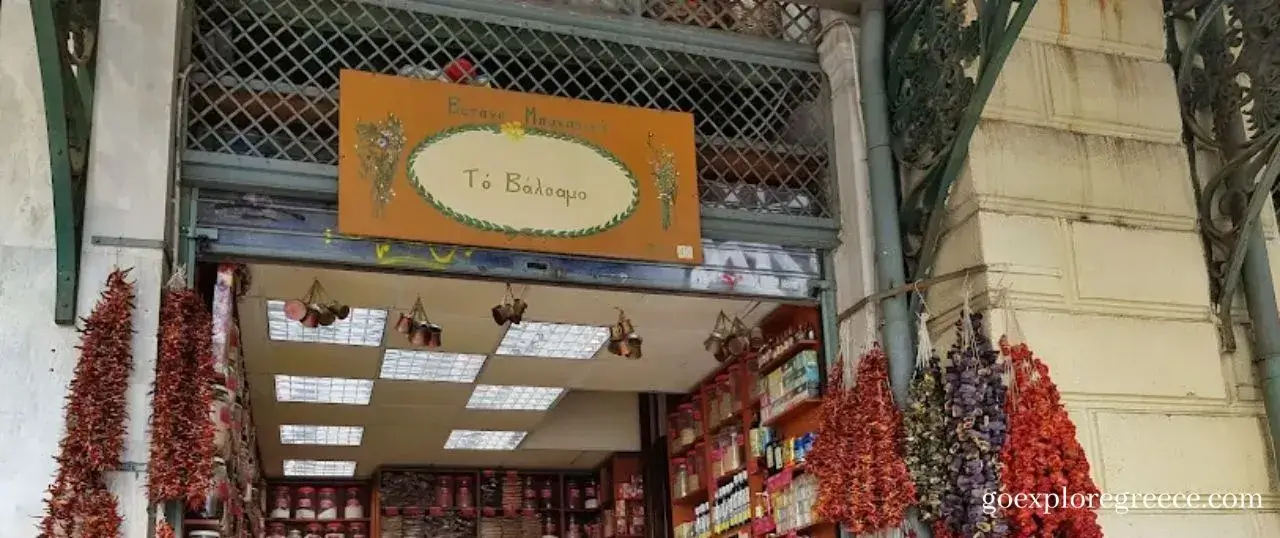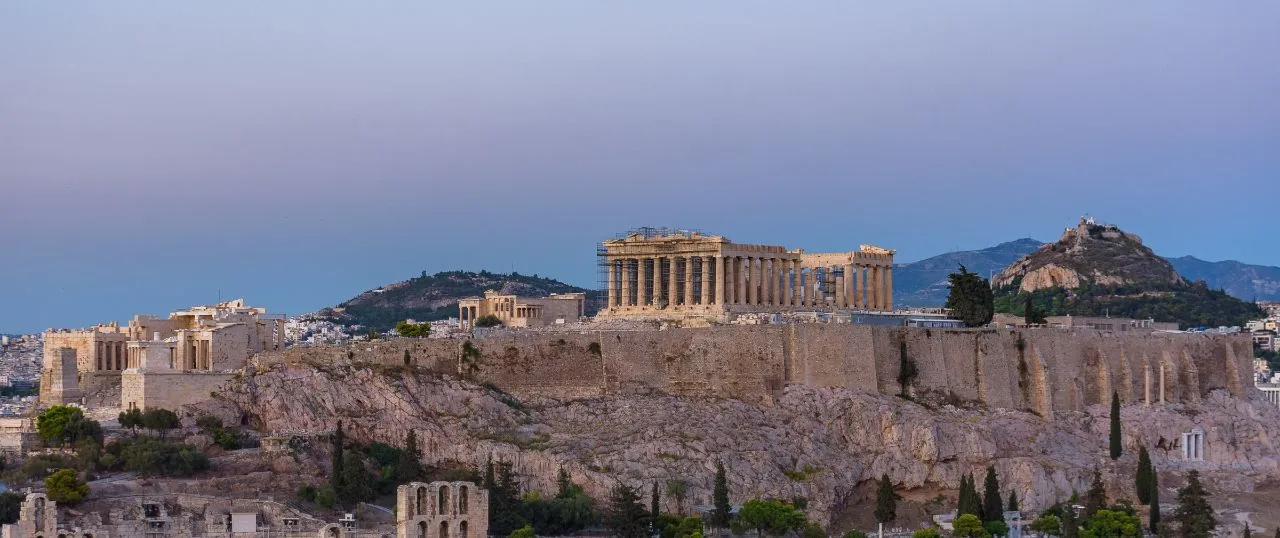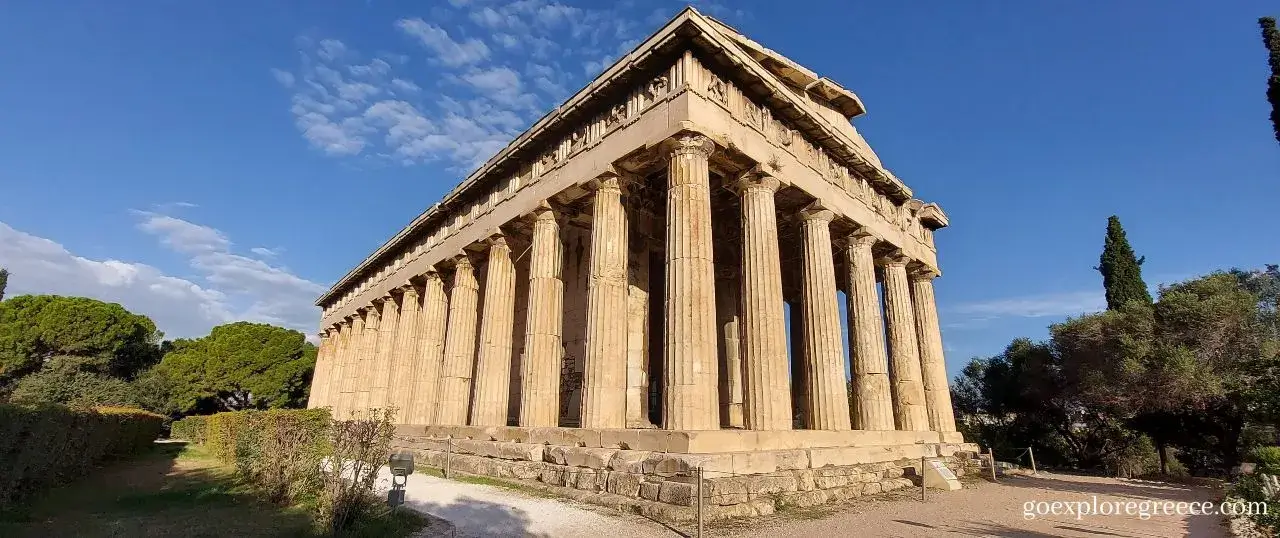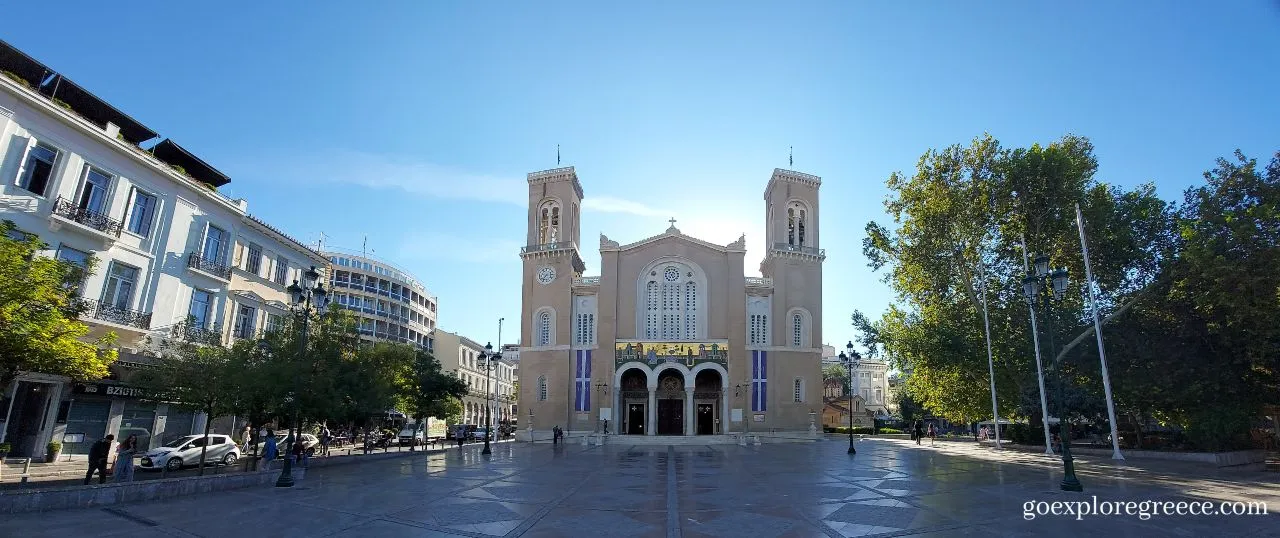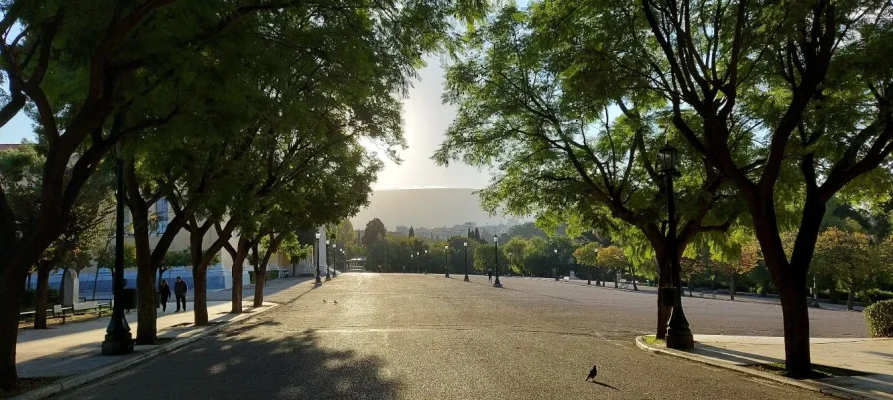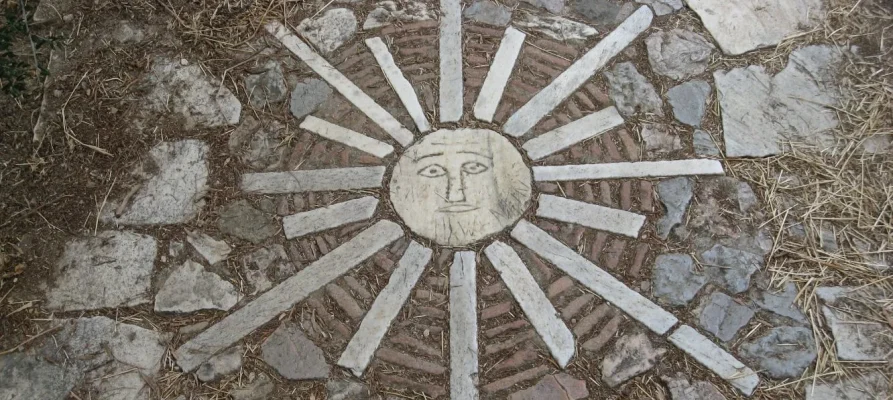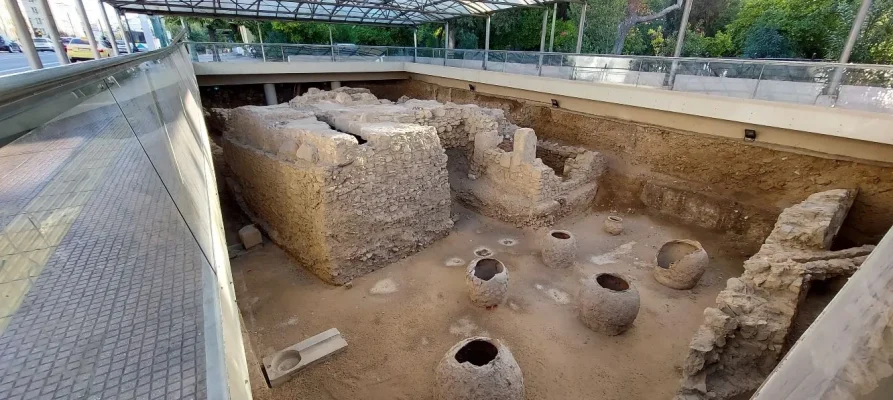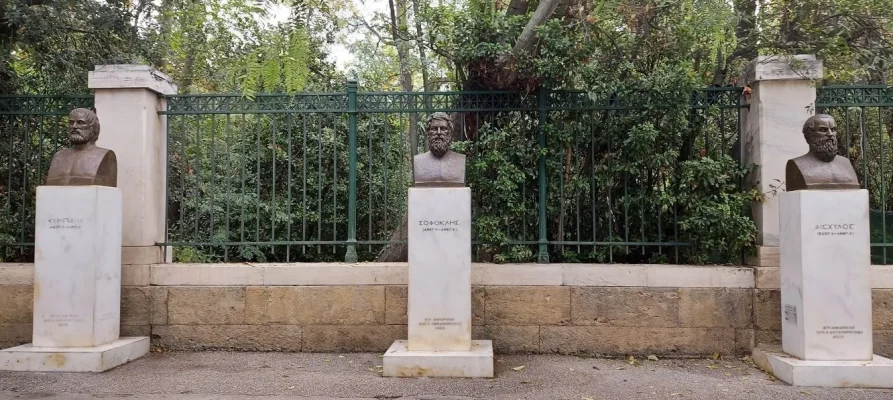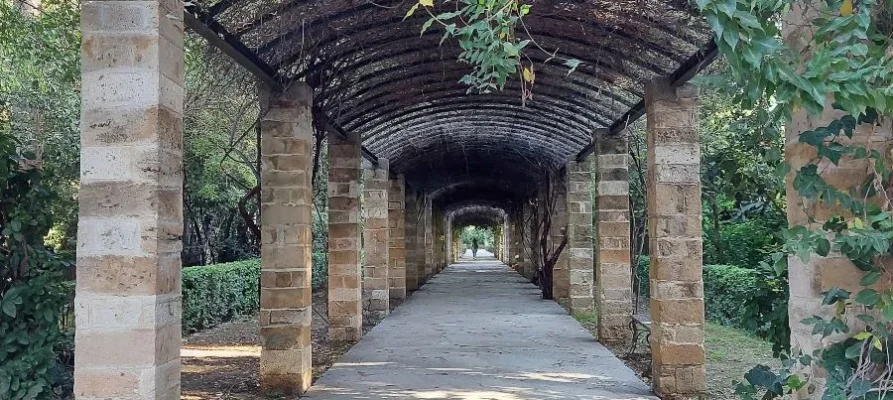Athens National Garden
Athens National Garden
As I strolled through the vibrant streets of Athens, I couldn’t help but feel the need to escape the bustling city and find a haven of tranquillity. That’s when I discovered the Athens National Garden – a true gem among the gardens and parks in Athens. Let me tell you, if you’re looking for a place to relax and soak in the beauty of nature, this public garden should be at the top of your list.
The Athens National Garden, also known as the Royal Garden, is a lush oasis in the heart of the city. Located just a few minutes walk from the Acropolis Museum, Museum of Ancient Greek Technology, Arch of Hadrian, and the Temple of Olympian Zeus, it’s adjacent to the Greek Parliament and Syntagma Square, it’s easily accessible for locals and tourists alike. If you’re staying in the city centre, you can reach this beautiful garden on foot. And, for those of you who enjoy a bit of history with your nature, you’ll be pleased to learn that the garden dates back to 1839 when it was commissioned by Queen Amalia to create a green space in the city for the newly-established Greek monarchy.
As I entered the garden, I immediately noticed that it was unlike any other gardens in Athens. The winding pathways, tall trees, and colourful flowerbeds create an serene and enchanting atmosphere. I felt a sense of calm wash over me as if the garden was welcoming me with open arms, inviting me to leave my worries at the entrance.
One of the things I love most about the Athens National Garden is the way it seamlessly blends history and nature. While wandering through the garden, I stumbled upon ancient ruins and statues that serve as reminders of the city’s rich past. These historical elements make it one of the most unique parks in Athens along with Stavros Niarchos Park and the Zappeion Garden offering visitors an opportunity to experience the city’s heritage in a tranquil setting.
As I continued my exploration, I was amazed by the sheer variety of plants, trees, and flowers on display. With over 7,000 trees, the Athens National Garden boasts an incredible collection of flora that’s unmatched by other gardens and parks in Athens. I was particularly captivated by the palm trees and cacti, which reminded me of the diverse landscapes found across Greece.
For those looking for places to relax in Athens, the National Garden has numerous quiet spots to sit and unwind. I found myself drawn to the benches nestled beneath the shade of towering trees, providing the perfect spot to read a book or simply enjoy the sights and sounds of nature. The garden is also home to several ponds, where ducks and turtles can often be seen basking in the sun or swimming in the water.
But it’s not just the flora and fauna that make this garden a must-visit attraction. As I ventured further into the garden, I discovered a charming café nestled among the greenery. With its outdoor seating and tantalising selection of refreshments, it’s the perfect place to enjoy a leisurely afternoon with friends or family.
One of the reasons the Athens National Garden stands out among the other gardens and parks in Athens is its dedication to conservation and environmental education. The garden is home to a small botanical museum that houses exhibits on the history of the garden and the role it plays in preserving Athens’ natural beauty. This commitment to sustainability and education makes the garden a shining example of responsible tourism.
In conclusion, the Athens National Garden is an extraordinary destination for anyone looking to escape the hustle and bustle of the city and discover a serene haven that’s rich in history and natural beauty. With its stunning collection of plants, trees, and flowers, as well as its picturesque ponds and tranquil seating areas, it’s one of the most enchanting gardens and parks in Athens.
Here’s my advice regarding access for those with disabilities and/or impairments at the Athens National Garden:
The Athens National Garden is committed to ensuring that visitors with disabilities and impairments can enjoy the beauty and serenity of this lush oasis. The garden offers relatively flat and well-maintained pathways, making it easier for wheelchair users and those with mobility impairments to navigate the grounds.
While some areas within the garden might be more challenging to access, there are plenty of spots that can be enjoyed by all visitors. The picturesque ponds, the charming café, and the majority of the winding pathways are all accessible, allowing everyone to appreciate the diverse flora and tranquillity of the garden.

